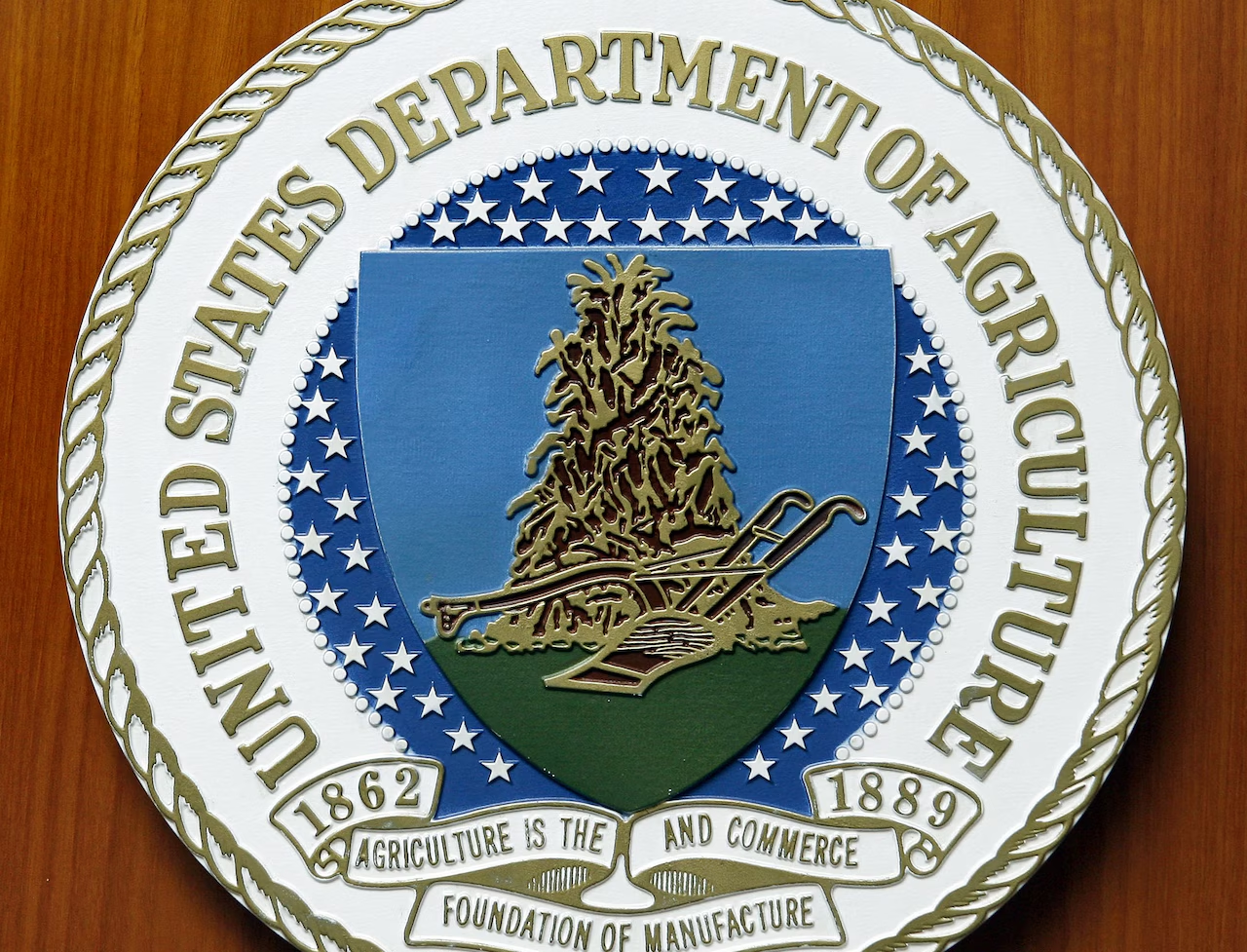In one of the largest food recalls of the year, nearly five million pounds of frozen, ready-to-eat chicken products have been pulled from distribution due to possible contamination with metal fragments. The recall has raised concerns across the food-service industry, affecting restaurants, cafeterias, and other large-scale food operations across the United States.
Discovery and Immediate Action
The issue came to light after several food-service customers reported finding small pieces of metal in frozen chicken supplied by a major food manufacturer. Upon investigation, it was discovered that the contamination likely originated from a damaged conveyor belt used during the production process.
The company immediately halted production on the affected line, notified the authorities, and voluntarily initiated the recall. The action covers an estimated 4.9 million pounds of chicken, packaged between February and September 2025, and distributed to institutional food-service clients.
Affected Products and Distribution
The recalled items include several varieties of frozen, pre-cooked chicken breast and thigh meat used primarily in restaurants, hotels, and catering services. Officials emphasized that no retail grocery products appear to be affected, meaning that consumers purchasing chicken for home use are unlikely to have been exposed.
Each recalled product carries specific lot codes and packaging identifiers, and food-service operators have been instructed to immediately remove and discard any items that match the listed batch numbers.
No Reported Injuries, But Health Risks Remain
As of now, no injuries or illnesses have been reported, but food safety experts warn that the presence of metal fragments in food can pose serious health risks. Even small shards of metal can cause dental damage, lacerations in the mouth or throat, or internal injuries if ingested.
Officials urge any consumers who believe they may have eaten the affected products to monitor for symptoms and seek medical advice if discomfort occurs.
Company Response and Investigation
The manufacturer expressed regret over the situation and has pledged to strengthen quality control measures to prevent future incidents. A company spokesperson confirmed that the problem was traced to a specific piece of processing equipment, which has since been repaired and replaced.
Regulators from the U.S. Department of Agriculture’s Food Safety and Inspection Service (FSIS) are overseeing the recall and working closely with the company to ensure that all affected products are accounted for.
Industry and Consumer Impact
The recall has sent ripples across the food-service sector, as many restaurants and institutional kitchens rely heavily on bulk chicken supplies. Distributors are now working quickly to identify replacement stock and minimize supply disruptions.
Food safety advocates say this event serves as a reminder of the challenges manufacturers face in maintaining strict oversight across large-scale production facilities. Even minor equipment failures, they note, can lead to costly and widespread recalls.
What Happens Next
Regulatory officials will continue to monitor the recall process in the coming weeks to ensure all contaminated products are removed from circulation. Meanwhile, the manufacturer is conducting a full review of its safety systems, with plans to implement enhanced metal detection and monitoring protocols.
While the recall has raised alarms in the food industry, experts say the swift response and absence of reported injuries are signs that the safety systems in place worked as intended. Still, the scale of the recall highlights the importance of ongoing vigilance in food production and inspection.
















Leave a Reply